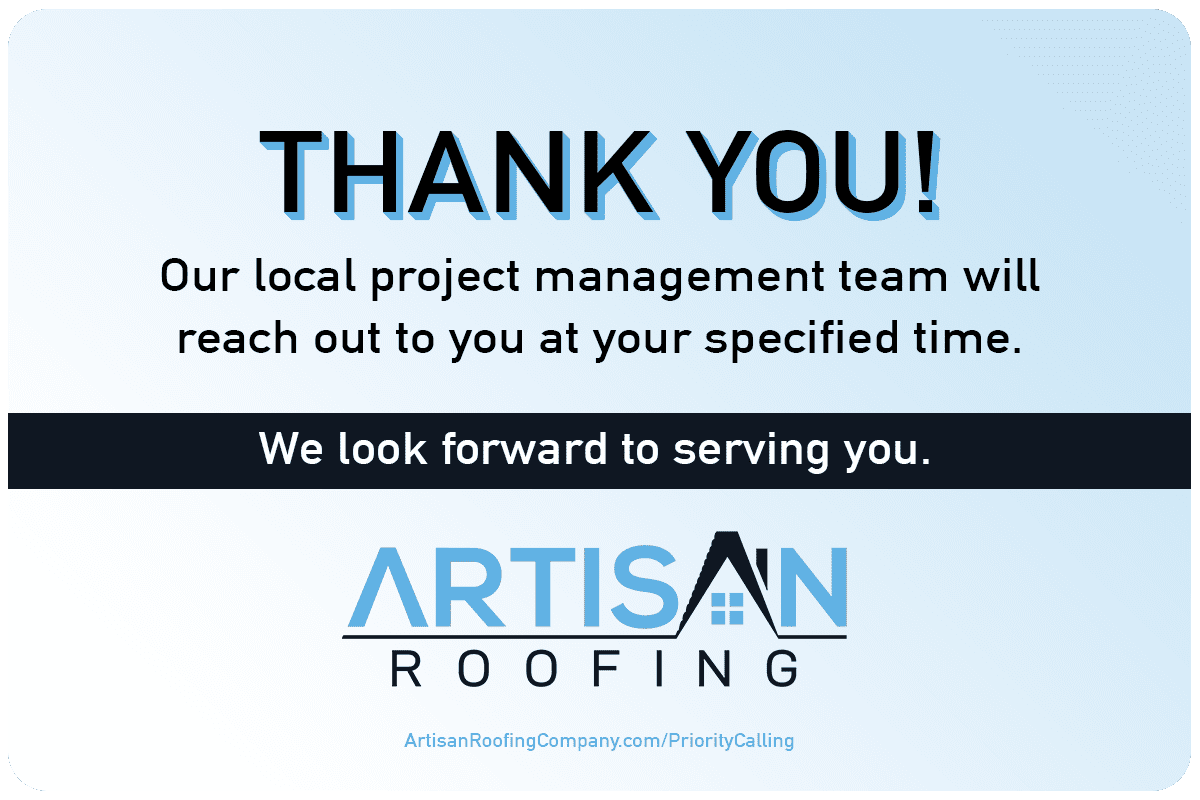A leaking roof is a common and concerning issue for commercial property owners. Not only can it disrupt business operations and damage valuable assets, but it can also pose safety hazards to employees and customers. When faced with a leaking commercial roof, it’s essential to take prompt action to address the problem and prevent further damage. In this blog post, we’ll explore what you can do if your commercial roof is leaking and how to effectively mitigate the issue.
- Assess the Situation: The first step when dealing with a leaking commercial roof is to assess the extent of the damage and identify the source of the leak. Inspect the interior of the building for signs of water intrusion, such as water stains, mold growth, or dampness on walls and ceilings. Trace the source of the leak back to the roof and look for visible signs of damage, such as missing or damaged shingles, deteriorated flashing, or clogged gutters.
- Contain the Damage: Once you’ve identified the source of the leak, take immediate steps to contain the damage and prevent it from spreading further. Place buckets or tarps under the leak to collect dripping water and minimize water damage to interior surfaces and equipment. If the leak is causing pooling water on the roof, use a squeegee or broom to remove standing water and prevent additional weight from stressing the structure.
- Contact a Professional Roofer: While it may be tempting to attempt DIY repairs, dealing with a leaking commercial roof requires the expertise of a professional roofer. Contact a reputable roofing contractor with experience in commercial roofing systems to assess the damage and recommend appropriate repairs. A qualified roofer will have the knowledge, tools, and materials necessary to safely and effectively repair your commercial roof and restore its integrity.
- Consider Temporary Repairs: In some cases, your roofing contractor may recommend temporary repairs to stop the leak until more extensive repairs can be completed. Temporary solutions may include applying roofing sealant or patching damaged areas with roofing cement or tarps. While temporary repairs can provide a short-term solution, it’s essential to follow up with permanent repairs as soon as possible to prevent further damage and ensure the long-term stability of your roof.
- Schedule Regular Maintenance: To prevent future leaks and extend the lifespan of your commercial roof, schedule regular maintenance inspections with a professional roofing contractor. Routine maintenance can help identify potential issues early on, such as damaged flashing or deteriorating sealants, and address them before they escalate into costly repairs. Additionally, keep gutters and downspouts clear of debris to ensure proper drainage and prevent water from pooling on the roof surface.
- Consider Roof Replacement: In some cases, extensive damage or age-related deterioration may necessitate roof replacement rather than repair. If your commercial roof is reaching the end of its lifespan or has sustained significant damage that cannot be effectively repaired, consider investing in a roof replacement to ensure the long-term durability and performance of your building’s roofing system. Consult with your roofing contractor to explore different roofing materials and options that best suit your needs and budget.
- Review Insurance Coverage: Depending on the cause of the leak and your insurance policy coverage, you may be eligible for reimbursement for repair or replacement costs associated with your commercial roof. Review your insurance policy to understand your coverage limits, deductibles, and exclusions related to roof damage. Document the damage and repairs thoroughly and work with your insurance provider to file a claim and expedite the reimbursement process.
In conclusion, dealing with a leaking commercial roof requires swift action and the expertise of a professional roofing contractor. By assessing the damage, containing the leak, contacting a professional roofer, considering temporary repairs, scheduling regular maintenance, exploring roof replacement options, and reviewing insurance coverage, you can effectively address the issue and protect your commercial property from further damage. Don’t delay in addressing a leaking commercial roof—take action today to safeguard your investment and ensure the safety and integrity of your building.

